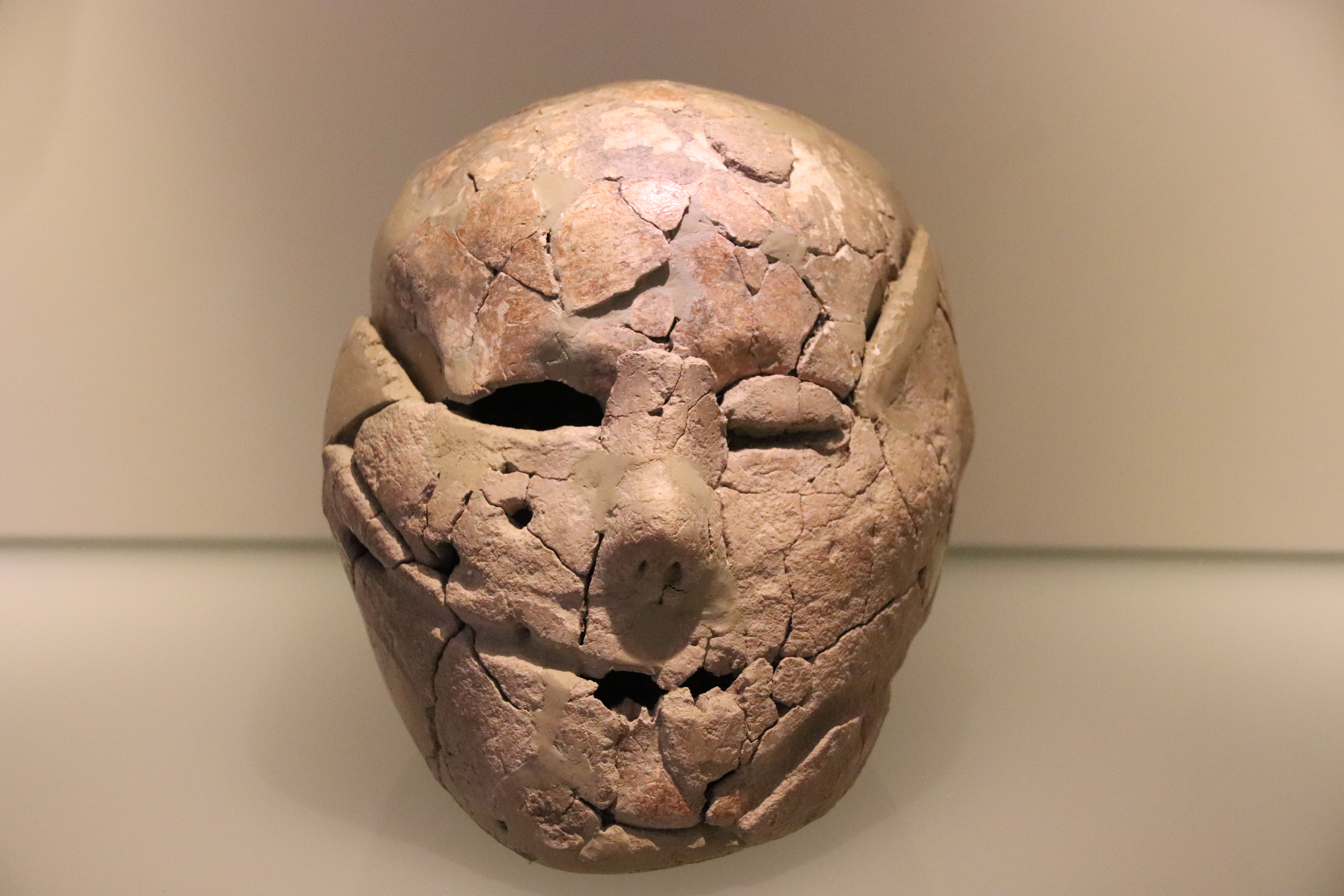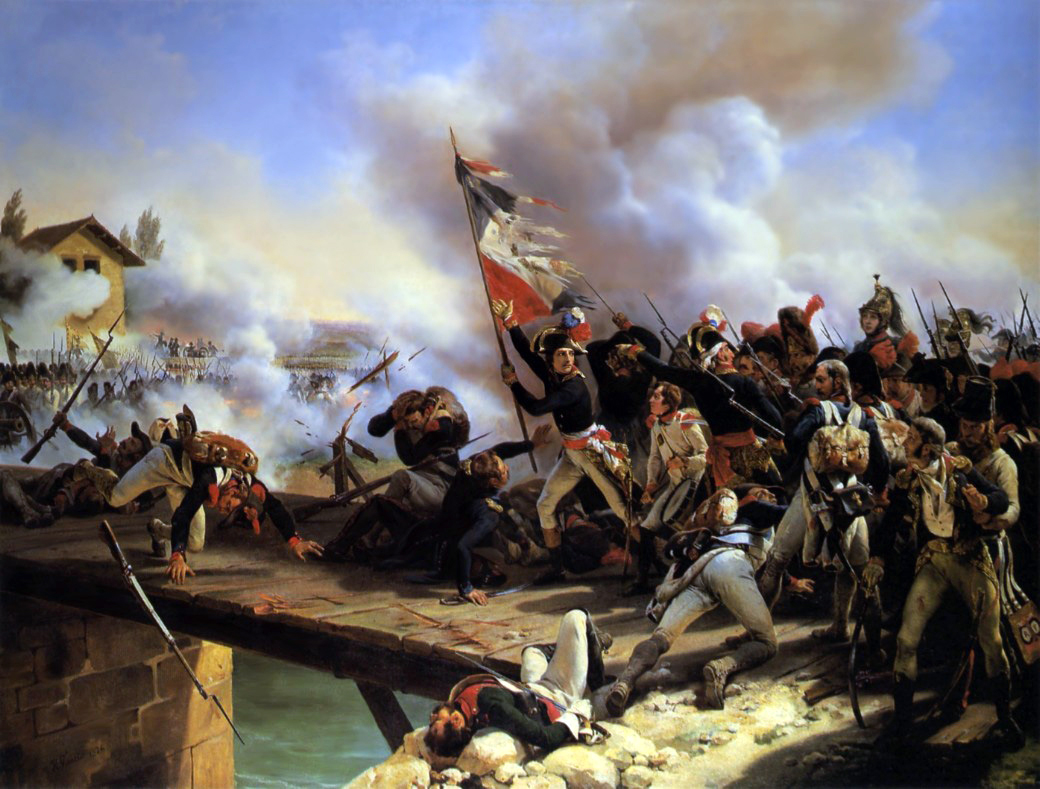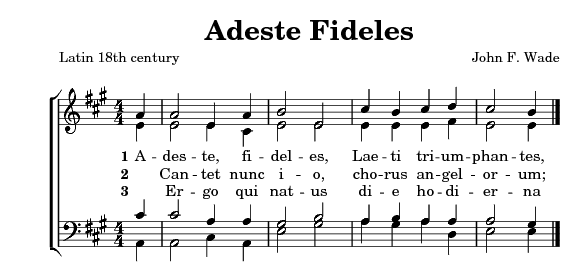|
John Jones, Talysarn
John Jones, Talysarn (1 March 1796 – 16 August 1857), was a Welsh Calvinistic Methodist minister, regarded as one of the greatest preachers in the history of Wales. Because the name "John Jones" was one of the most common in Wales at the time, he is usually differentiated by others of the same name by the use of the suffix "Talysarn", denoting the village where he lived. Life John Jones was born in a house called Tanycastell, in Dolwyddelan, and brought up in a farming family but which also had many connections with Nonconformist religion. He was a monoglot Welsh language speaker, and the only formal education he received was at the Sabbath school. As a young man around 1820 he was engaged as a labourer building Thomas Telford's road from London to Holyhead (now known as the A5), and was heard by his fellow workers preaching on religious matters as he walked to work. In 1822 he moved to Talysarn to find work in the quarry, but was increasingly devoting himself to preachin ... [...More Info...] [...Related Items...] OR: [Wikipedia] [Google] [Baidu] |
Portrait Of John Jones, Talysarn (4670319)
A portrait is a painting, photograph, sculpture, or other artistic representation of a person, in which the face and its expressions are predominant. The intent is to display the likeness, personality, and even the mood of the person. For this reason, in photography a portrait is generally not a snapshot, but a composed image of a person in a still position. A portrait often shows a person looking directly at the painter or photographer, in order to most successfully engage the subject with the viewer. History Prehistorical portraiture Plastered human skulls were reconstructed human skulls that were made in the ancient Levant between 9000 and 6000 BC in the Pre-Pottery Neolithic B period. They represent some of the oldest forms of art in the Middle East and demonstrate that the prehistoric population took great care in burying their ancestors below their homes. The skulls denote some of the earliest sculptural examples of portraiture in the history of art. Historical portraitur ... [...More Info...] [...Related Items...] OR: [Wikipedia] [Google] [Baidu] |
A5 Road (Great Britain)
The A5 (commonly known as the London-Holyhead Trunk Road) is a major road in England and Wales. It runs for about from London to the Irish Sea at the ferry port of Holyhead. In many parts the route follows that of the Roman Iter II route which later took the Anglo-Saxon name Watling Street. History Roman Road The section of the A5 between London and Shrewsbury is roughly contiguous with one of the principal Roman roads in Britain: that between ''Londinium'' and '' Deva'', which diverges from the present-day A5 corridor at Wroxeter ('' Viroconium Cornoviorum'') near Shrewsbury. Telford's Holyhead Road The Act of Union 1800, which unified Great Britain and Ireland, gave rise to a need to improve communication links between London and Dublin. A parliamentary committee led to an Act of Parliament of 1815 that authorised the purchase of existing turnpike road interests and, where necessary, the construction of new road, to complete the route between the two capitals. This ... [...More Info...] [...Related Items...] OR: [Wikipedia] [Google] [Baidu] |
Welsh Methodist Ministers
Welsh may refer to: Related to Wales * Welsh, referring or related to Wales * Welsh language, a Brittonic Celtic language spoken in Wales * Welsh people People * Welsh (surname) * Sometimes used as a synonym for the ancient Britons (Celtic people) Animals * Welsh (pig) Places * Welsh Basin, a basin during the Cambrian, Ordovician and Silurian geological periods * Welsh, Louisiana, a town in the United States * Welsh, Ohio, an unincorporated community in the United States See also * Welch (other) * * * Cambrian + Cymru Wales ( cy, Cymru ) is a Countries of the United Kingdom, country that is part of the United Kingdom. It is bordered by England to the Wales–England border, east, the Irish Sea to the north and west, the Celtic Sea to the south west and the ... {{Disambiguation Language and nationality disambiguation pages ... [...More Info...] [...Related Items...] OR: [Wikipedia] [Google] [Baidu] |
1857 Deaths
Events January–March * January 1 – The biggest Estonian newspaper, ''Postimees'', is established by Johann Voldemar Jannsen. * January 7 – The partly French-owned London General Omnibus Company begins operating. * January 9 – The 7.9 Fort Tejon earthquake shakes Central and Southern California, with a maximum Mercalli intensity of IX (''Violent''). * January 24 – The University of Calcutta is established in Calcutta, as the first multidisciplinary modern university in South Asia. The University of Bombay is also established in Bombay, British India, this year. * February 3 – The National Deaf Mute College (later renamed Gallaudet University) is established in Washington, D.C., becoming the first school for the advanced education of the deaf. * February 5 – The Federal Constitution of the United Mexican States is promulgated. * March – The Austrian garrison leaves Bucharest. * March 3 ** France and the United King ... [...More Info...] [...Related Items...] OR: [Wikipedia] [Google] [Baidu] |
1796 Births
Events January–March * January 16 – The first Dutch (and general) elections are held for the National Assembly of the Batavian Republic. (The next Dutch general elections are held in 1888.) * February 1 – The capital of Upper Canada is moved from Newark to York. * February 9 – The Qianlong Emperor of China abdicates at age 84 to make way for his son, the Jiaqing Emperor. * February 15 – French Revolutionary Wars: The Invasion of Ceylon (1795) ends when Johan van Angelbeek, the Batavian governor of Ceylon, surrenders Colombo peacefully to British forces. * February 16 – The Kingdom of Great Britain is granted control of Ceylon by the Dutch. * February 29 – Ratifications of the Jay Treaty between Great Britain and the United States are officially exchanged, bringing it into effect.''Harper's Encyclopaedia of United States History from 458 A. D. to 1909'', ed. by Benson John Lossing and, Woodrow Wilson (Harper & Brot ... [...More Info...] [...Related Items...] OR: [Wikipedia] [Google] [Baidu] |
Wisconsin
Wisconsin () is a state in the upper Midwestern United States. Wisconsin is the 25th-largest state by total area and the 20th-most populous. It is bordered by Minnesota to the west, Iowa to the southwest, Illinois to the south, Lake Michigan to the east, Michigan to the northeast, and Lake Superior to the north. The bulk of Wisconsin's population live in areas situated along the shores of Lake Michigan. The largest city, Milwaukee, anchors its largest metropolitan area, followed by Green Bay and Kenosha, the third- and fourth-most-populated Wisconsin cities respectively. The state capital, Madison, is currently the second-most-populated and fastest-growing city in the state. Wisconsin is divided into 72 counties and as of the 2020 census had a population of nearly 5.9 million. Wisconsin's geography is diverse, having been greatly impacted by glaciers during the Ice Age with the exception of the Driftless Area. The Northern Highland and Western Upland along ... [...More Info...] [...Related Items...] OR: [Wikipedia] [Google] [Baidu] |
Cambria, Wisconsin
Cambria is a village in Columbia County, Wisconsin, United States. The population was 767 at the 2010 census. It is part of the Madison Metropolitan Statistical Area. History The town was incorporated in 1866. It was first called Florence, or Langdon's Mills, later Bellville, and finally Cambria, the Latin name for Wales, probably on account of the Welsh settlers who came there in 1845. Preceding the first Welsh colonists by about a year were two brothers, John and Samuel Langdon. In 1844, they settled on the site of the present village of Cambria, Samuel P. Langdon building a sawmill on a branch of Duck Creek, the other opening a small stock of merchandise. They surveyed and platted four blocks, and called the village Florence. But the mill dominated the landscape in those days, and the settlement around it was called Langdon's Mills. The settlement had just begun when about fifty Welshmen, with their wives and children, came from North Wales, many from Dolwyddelan. Morris J ... [...More Info...] [...Related Items...] OR: [Wikipedia] [Google] [Baidu] |
Angharad James (poet)
Angharad James (16 July 1677 – 25 August 1749) was a Welsh farmer, harpist and poet.Nia Mai Jenkins, ''A’i Gyrfa Megis Gwerful': Bywyd a Gwaith Angharad James', ''Llên Cymru'' Volume 24 (2001) Life She was born in Gelliffrydau farm at Baladeulyn in the Nantlle Valley, Wales, on 16 July 1677. When still a young woman, she married William Prichard, a man far older than herself, who farmed Cwm Penamnen, a valley to the south of Dolwyddelan.Owen Thomas, D. D., ''Cofiant Y Parchedig John Jones, Talsarn'' (Wrexham 1874) She lived in Parlwr, or Tai Penamnen, a house which had earlier been a home to the Wynn family of Gwydir, for the remainder of her life. She continued to farm the valley after being widowed. As of 2009, the house was being uncovered by archaeologists. Death She was buried on 25 August 1749 and is buried within the church of St. Gwyddelan in Dolwyddelan. Arts She was a skilled harpist who commanded her workers to dance to her playing as they returned from the ... [...More Info...] [...Related Items...] OR: [Wikipedia] [Google] [Baidu] |
Hymn Tune
A hymn tune is the melody of a musical composition to which a hymn text is sung. Musically speaking, a hymn is generally understood to have four-part (or more) harmony, a fast harmonic rhythm (chords change frequently), with or without refrain or chorus. From the late sixteenth century in England and Scotland, when most people were not musically literate and learned melodies by rote, it was a common practice to sing a new text to a hymn tune the singers already knew which had a suitable meter and character. There are many hymn tunes which might fit a particular hymn: a hymn in Long Metre might be sung to any hymn tune in Long Metre, but the tunes might be as different as those tunes that have been used for centuries with hymns such as '' Te lucis ante terminum'', on one hand, and an arrangement of the calypso tune used with ''Jamaica Farewell'', on the other. Hymnal editors Editors bring extensive knowledge of theology, poetry, and music to the process of compiling a new ... [...More Info...] [...Related Items...] OR: [Wikipedia] [Google] [Baidu] |
Martyn Lloyd-Jones
David Martyn Lloyd-Jones (1899–1981) was a Welsh Protestant minister and medical doctor who was influential in the Calvinist wing of the British evangelical movement in the 20th century. For almost 30 years, he was the minister of Westminster Chapel in London. Biography Early life and ministry Lloyd-Jones was born in Cardiff on 20 December 1899 and raised in Llangeitho, Cardiganshire. His father was a grocer, and he had two brothers: Harold died during the 1918 flu pandemic, while Vincent went on to become a High Court judge. Llangeitho is associated with the Welsh Methodist revival, as it was the location of Daniel Rowland's ministry. Attending a London grammar school between 1914 and 1917 and then St Bartholomew's Hospital as a medical student, in 1921 he started work as assistant to the Royal Physician, Sir Thomas Horder. Lloyd-Jones obtained a medical degree from the University of London, and became a Member of the Royal College of Physicians. After struggling for ... [...More Info...] [...Related Items...] OR: [Wikipedia] [Google] [Baidu] |
Llanllyfni
Llanllyfni () is a village and a community in Gwynedd, Wales. It is in the historic county of Caernarfonshire. The community consists of the villages of Drws-y-coed, Nantlle, Nasareth, Nebo, Penygroes, Talysarn and the village of Llanllyfni itself. Penygroes, Llanllyfni and Talysarn are almost conjoined. As an electoral ward the 2011 census recorded a population of 1256. It is a largely Welsh-speaking village as 85% of the villagers speak Welsh as their first language. The community covers 43 square kilometres. The river Afon Llyfni (sometimes spelt Afon Llyfnwy) runs through the village. Llanllyfni existed before the slate quarries opened but grew bigger and bigger during the slate quarrying period. In the 2001 census, there were about 650 people living in the village of Llanllyfni. Llanllyfni is seven miles away from the well-known town of Caernarfon. Nearby is the Nantlle Ridge range of mountains including Craig Cwm Silyn at 734 metres (2,408 feet). Amenities and b ... [...More Info...] [...Related Items...] OR: [Wikipedia] [Google] [Baidu] |
Dorothea Quarry
Dorothea quarry is a disused slate quarry in the Nantlle Valley area in North Wales. It covers a large area near the village of Talysarn and contains three flooded deep lakes. History Turner family The quarry commenced working in the early 1820s, though there were a number of smaller workings on or near the site before this. About 1829 it was leased by William Turner who named the workings Cloddfa Turner. In the 1830s the quarry was generating £2000 profits per year (). Turner's son took over as manager and renamed the quarry Dorothea, apparently after the wife of the landowner Richard Garnons. Profits began to fall in the 1840s, and in April 1848 the quarry was put up for sale, with 22 years remaining on the lease. Local ownership It was the largest quarry in the area, employing 200 men and producing 5,000-6,000 tons of finished slate a year. A group of quarrymen led by John Robinson, William Owen and John Jones purchased Dorothea from Turner for £3,000 - . They rene ... [...More Info...] [...Related Items...] OR: [Wikipedia] [Google] [Baidu] |
.jpg)







